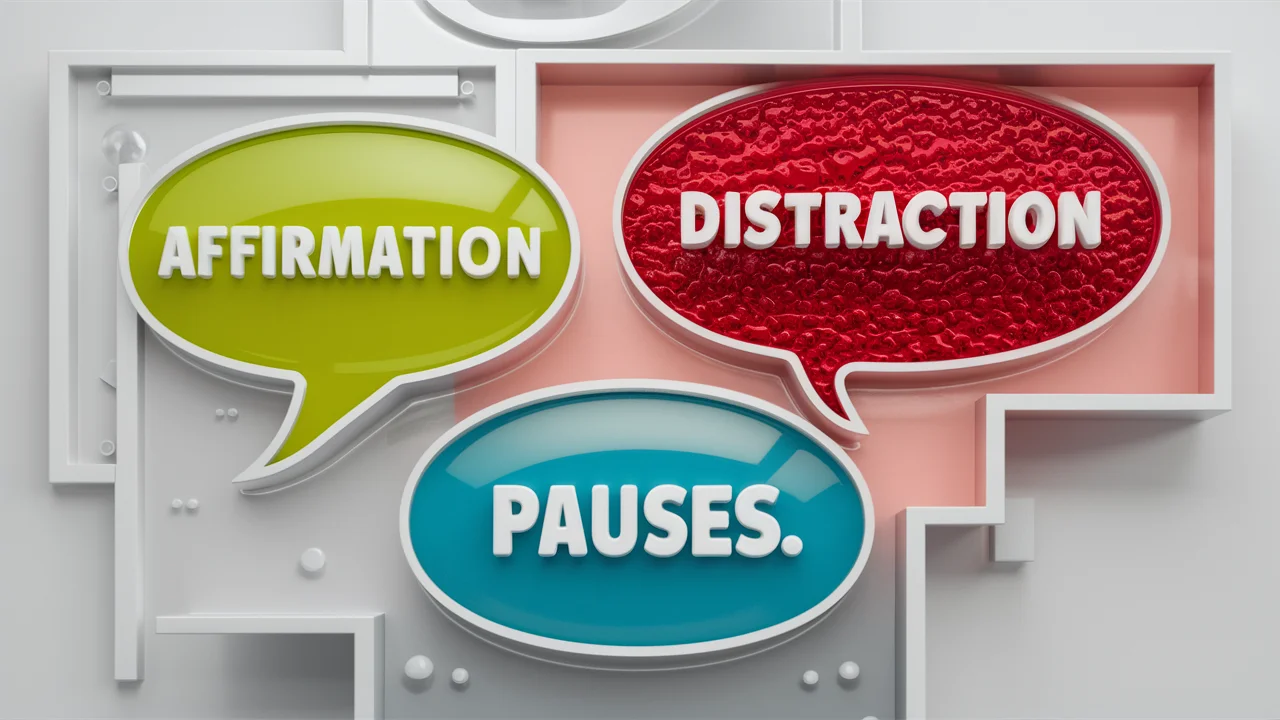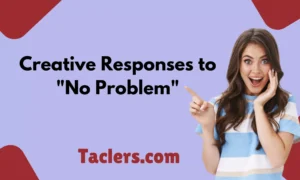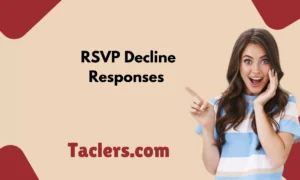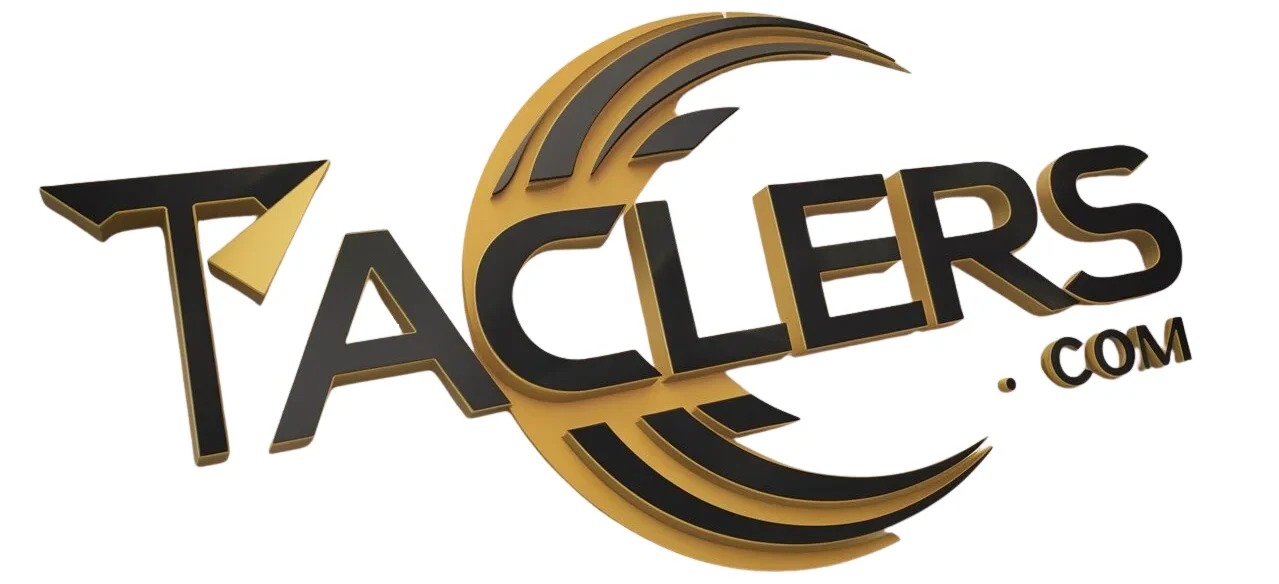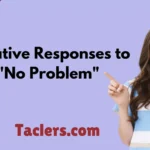In today’s fast-paced world, the ability to communicate effectively is more crucial than ever. Whether you’re navigating workplace dynamics, handling personal relationships, or engaging in everyday interactions, the way you respond can significantly impact outcomes. This guide delves into five essential communication techniques—affirmation, indifference, distraction, brevity, and strategic pauses—and offers practical advice on how to master these skills to become a more effective communicator.
Affirmation as a Communication Tool
What is Affirmation?
Affirmation is a powerful tool in communication that involves acknowledging and validating someone’s feelings, thoughts, or actions. It’s not just about agreeing with someone, but rather about showing that you understand and respect their perspective. Affirmation can take many forms, from verbal praise to nonverbal cues like nodding or smiling.
Importance of Affirmation in Communication
Affirmation plays a critical role in building trust and rapport. When people feel affirmed, they are more likely to open up and share their thoughts, creating a positive feedback loop that strengthens relationships. This technique is particularly effective in situations where you want to encourage open dialogue, such as in team meetings, conflict resolution, or mentoring.
When to Use Affirmation
Affirmation is best used in situations where you want to reinforce positive behavior, build trust, or diffuse tension. Here are some examples:
- In the Workplace: Use affirmation to acknowledge a colleague’s hard work or to validate a team member’s concerns during a meeting. This can boost morale and foster a collaborative environment.
- In Personal Relationships: Affirmation can strengthen bonds by making your partner, friend, or family member feel valued and understood. For instance, saying, “I appreciate how much effort you put into this” can go a long way.
- In Conflict Resolution: During disagreements, affirming the other person’s feelings or point of view can help de-escalate the situation. Phrases like “I understand why you feel that way” can be incredibly disarming.
Suggested Responses for Affirmation
Here are some practical examples of how to incorporate affirmation into your conversations:
- Verbal Affirmation: “I really appreciate your input on this project,” or “You did an excellent job handling that situation.”
- Nonverbal Affirmation: Nodding in agreement, maintaining eye contact, or offering a smile.
- Written Affirmation: In emails or messages, phrases like “Your efforts have not gone unnoticed” can be effective.
Case Study: Affirmation in Action
Consider a scenario where a manager notices that an employee is struggling with a heavy workload. By saying, “I can see how hard you’re working, and I really appreciate your dedication,” the manager not only affirms the employee’s effort but also opens the door for further conversation. This approach often leads to improved employee morale and productivity.
The Power of Indifference

Understanding Indifference
Indifference in communication refers to maintaining a neutral or detached attitude, especially in situations where showing strong emotions might not be appropriate or could escalate tension. Indifference is not about being dismissive but rather about choosing not to engage emotionally with a situation.
When Indifference Can Be Powerful
Indifference can be a powerful tool in scenarios where:
- Boundary Setting: You need to protect your emotional well-being by not getting drawn into unnecessary drama or conflict.
- Defusing Tension: Indifference can help you remain calm and collected in heated situations, preventing the situation from escalating.
- Maintaining Professionalism: In a workplace setting, indifference can help you stay focused on the task at hand without getting sidetracked by office politics or personal grievances.
When to Use Indifference
Indifference is best used when you want to maintain neutrality or when engaging emotionally could be counterproductive. Here are some scenarios where indifference is effective:
- In Conflict Situations: When faced with aggressive or confrontational behavior, responding with indifference can prevent the situation from escalating. For example, if a colleague makes a provocative remark, simply acknowledging it without engaging further can diffuse the tension.
- In Negotiations: Indifference can be a strategic tool in negotiations. By not showing too much interest or enthusiasm, you can keep the other party guessing and maintain leverage.
- In Personal Interactions: Sometimes, the best response to unsolicited advice or criticism is indifference. By not reacting, you demonstrate that the comment has no power over you.
Suggested Responses for Indifference
Here are some examples of how to express indifference effectively:
- Verbal Responses: “I see,” “Noted,” or “Let’s move on.”
- Nonverbal Cues: A neutral facial expression, lack of reaction, or turning your attention elsewhere.
- Written Responses: In professional settings, a brief “Thank you for your input” can signal indifference without being dismissive.
Case Study: Indifference in Negotiations
Imagine you’re in a salary negotiation. The employer offers a number lower than your expectation. Instead of reacting immediately, you remain indifferent, perhaps saying, “I’ll need some time to consider this.” This approach keeps you in control and may prompt the employer to reconsider their offer.
Distraction as a Tactical Response
What is Distraction?
Distraction as a communication technique involves steering the conversation away from a potentially uncomfortable or undesirable topic. This can be particularly useful in situations where direct confrontation isn’t the best option.
Psychological Basis of Distraction
Distraction works by shifting the focus of attention. Psychologically, humans are wired to follow the direction in which their attention is guided. By introducing a new topic or redirecting the conversation, you can effectively change the emotional tone and direction of the interaction.
When to Use Distraction
Distraction is most effective in the following scenarios:
- Avoiding Conflict: When a conversation is heading towards a conflict, distraction can help redirect the focus and avoid escalation. For example, if a conversation with a friend is becoming heated, changing the subject to a neutral or positive topic can help cool things down.
- Handling Difficult Questions: In professional settings, if you’re asked a question that you’re not prepared to answer, distraction can buy you time or shift the focus to a more comfortable topic.
- Dealing with Unwanted Advice: If someone is offering unsolicited advice, using distraction to pivot the conversation can help you avoid engaging in a discussion you’re not interested in.
Suggested Responses for Distraction
Here are some practical examples of how to use distraction effectively:
- Verbal Distraction: “That reminds me, have you heard about…?” or “Speaking of that, I was wondering…”
- Nonverbal Distraction: Shifting body language, such as turning slightly away from the person or looking at something else, can signal a change in focus.
- Written Distraction: In emails or messages, redirecting with a statement like “On a related note…” can smoothly change the topic.
Role-Play Scenario: Distraction in a Workplace Setting
Imagine you’re in a team meeting, and a colleague starts raising controversial points that could derail the discussion. By saying, “That’s an interesting perspective, but I think we should also consider…” and introducing a new, relevant topic, you can steer the meeting back on track.
The Art of Brevity
Understanding Brevity in Communication
Brevity refers to the practice of expressing ideas clearly and concisely, without unnecessary words. In communication, brevity is key to ensuring that your message is understood and remembered.
Why Brevity is Powerful
Brevity is effective because it respects the other person’s time and makes your message more impactful. In today’s fast-paced world, where attention spans are short, a brief but powerful message is more likely to be heard and acted upon.
When to Use Brevity
Brevity is particularly useful in the following situations:
- In Professional Communication: Whether in emails, reports, or meetings, keeping your communication brief and to the point ensures clarity and efficiency. For example, instead of writing, “I am writing to inform you that we have completed the project,” a concise “The project is complete” is more effective.
- In Public Speaking: In speeches or presentations, brevity helps keep your audience engaged. Overloading listeners with information can lead to disengagement.
- In Conflict Resolution: During arguments or disagreements, brief statements can prevent further escalation and make your point clear without adding fuel to the fire.
Suggested Responses for Brevity
Here are some examples of how to practice brevity:
- Verbal Brevity: “I agree,” “Let’s proceed,” or “Thank you for your feedback.”
- Written Brevity: In emails, use bullet points or short paragraphs to convey information efficiently.
- Nonverbal Brevity: A nod or a simple thumbs-up can often communicate agreement or approval without the need for words.
Case Study: Brevity in a Leadership Role
A CEO preparing for a company-wide meeting realizes that employees are often overwhelmed by lengthy updates. By condensing the update into key points, delivered in a 10-minute presentation instead of the usual 30, the CEO ensures that employees remain engaged and retain the critical information.
Utilizing a Pause Effectively
What is the Strategic Pause?
A pause in communication can be a powerful tool. It involves deliberately stopping before responding or continuing a conversation, allowing time for thought, emphasis, or prompting the other person to speak.
The Impact of a Pause
Pauses can create emphasis, convey thoughtfulness, or even subtly encourage the other person to continue talking. In negotiations, pauses can unsettle the other party, prompting them to reveal more information or rethink their position.
When to Use a Pause
Pauses are particularly effective in the following situations:
- In Negotiations: Pausing after making an offer can create a sense of uncertainty in the other party, potentially leading them to concede more than they initially intended.
- In Difficult Conversations: Pausing before responding gives you time to gather your thoughts and ensures that your response is measured and thoughtful.
- In Public Speaking: Strategic pauses can enhance your message, giving the audience time to absorb what you’ve said and increasing the impact of your words.
Suggested Responses Involving Pauses
Here’s how to incorporate pauses into your communication:
- Verbal Pauses: After making a point, pause briefly before continuing. For example, “Our profits have increased by 15%… (pause)… and this is just the beginning.”
- Nonverbal Pauses: In face-to-face conversations, a pause combined with direct eye contact can signal confidence and authority.
- Written Pauses: In written communication, you can create a pause by separating sentences with ellipses or dashes. For example, “We’ve considered your proposal… However, we have some concerns.”
Case Study: The Power of a Pause in Negotiations
During a contract negotiation, a company representative makes a final offer. Instead of immediately responding, the other party pauses, creating a moment of silence. The representative, eager to fill the silence, begins to offer additional concessions, ultimately leading to a more favorable outcome for the other party.
Conclusion
Mastering the art of communication involves knowing when and how to use various techniques. Affirmation, indifference, distraction, brevity, and strategic pauses are all powerful tools that can help you navigate complex conversations with confidence and effectiveness. By practicing these techniques, you can enhance your communication skills, build stronger relationships, and achieve better outcomes in both your personal and professional life.

Ethan Richards, a distinguished writer at Taclers.com, excels in blending sharp insights with engaging storytelling. His background in sociology adds depth to his analysis of human reactions, making his articles both thought-provoking and entertaining. Explore the world of reactions with Ethan and see familiar moments in a whole new light.
